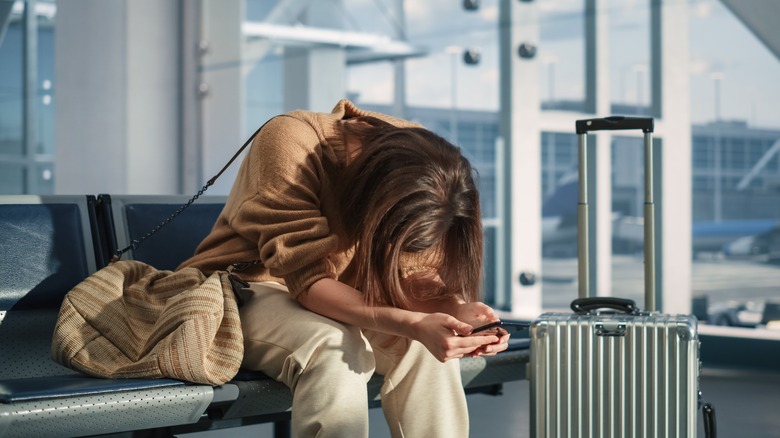Why You Experience More Breakouts When Traveling
Traveling is a fun and invigorating experience. That moment when you can finally seize your vacation leave, put up that planned out-of-office notice, switch off your computer for a while, and be in a much-needed zen mode. The tranquility of vacation can help improve your mood and energy. This might be an exciting time in your life; however, it could also get you in an unwanted state abruptly. Hours spent riding on a train or in a car or flying via plane could take a heavy toll on your skin that could result in travel breakout flare-ups.
As Dr. Deanne Mraz Robinson, the president and co-founder of Modern Dermatology in Westport, Connecticut, and assistant clinical professor of dermatology at Yale New Haven Hospital, told Everyday Health, "Traveling can wreak havoc on the skin." She explained that the stress of traveling and vacation's disruption of your sleep cycle are common culprits. Airplane air is bad for your skin, and it also contributes to more breakouts during travel. If you've ever experienced a skin emergency while you're on vacation, don't worry — you're not alone. Breakouts when traveling are pretty common occurrences for all skin types.
Why does travel take such a toll on our skin?
Dr. Scott Flugman, a dermatologist at Huntington Hospital in Huntington, New York, supported Dr. Robinson's claim. Flugman told Everyday Health that traveling can result in skin dehydration. He said, "All travel methods, especially planes and trains, involve large commercial vehicles with artificial air circulation systems. This results in prolonged exposure to dry heating and cooling methods, which can result in a significant loss of moisture in the skin."
Furthermore, when traveling by air, New York City-based dermatologist Dr. Patricia Wexler told Allure, the average humidity in planes could drop to 20% of normal levels. If you already have dry skin, your skin will be severely dehydrated after a long flight. Due to dehydration, the skin produces more oil to compensate for the lack of moisture, and dehydrated skin can become more sensitive to irritants that stir up breakouts. Naturally oily skin will only get more oily when it's dehydrated, Wexler said.
In addition to the extreme dehydration your skin may experience, you're likely to be exposed to bacteria in unhygienic environments, which will only exacerbate poor skin health. The seats, windows, doors, metal poles, and any other surfaces that passengers usually touch in various modes of transportation are breeding grounds for germs and bacteria. Try to limit how much you touch your face when you're traveling, especially if you've been touching surfaces on a crowded bus, subway train, or airplane. Using hand sanitizer is a good way to stay hygienic.
Other factors that play a key role in your travel breakouts
In addition to the factors already mentioned, there are other determinants that need to be taken into account as well. One factor that can really affect your skin is the change in the climate. When going to a new place with a different climate, your skin may certainly act up and go into overdrive. If you travel from a dry, cold environment to a hot and humid one — like going to the tropics on a winter break — more oil is produced, leading to clogged pores and breakouts. Going from a hot environment to a cold one, on the other hand, risks drying out your skin if you don't take time to moisturize thoroughly.
Moreover, your skin usually pays the price when you sleep and wake up in another time zone. The abrupt and drastic change in your sleeping pattern would likely result in a lack of sleep, this could result in your body releasing more stress hormones known as cortisol. Cortisol affects the skin since it prompts the skin to produce more sebum – the oil associated with acne.


